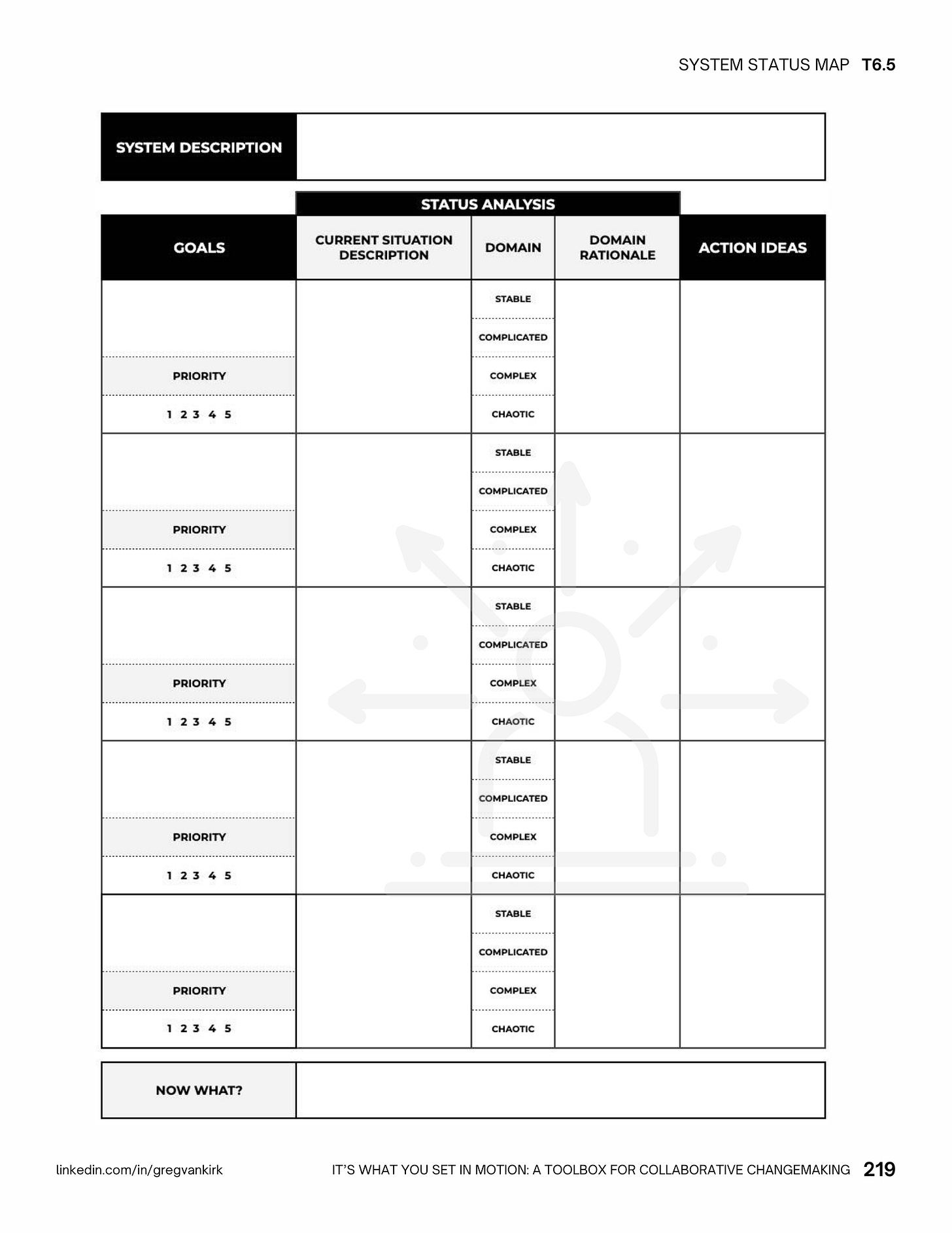12 fantastic facilitation tools
All 76 tools should be in your facilitation toolbox. These are some of my GO-TO's.
-Today’s free tool: T6.5 SYSTEM STATUS MAP
-Note: Reach out to me if you’d like to explore consulting, facilitation support, setting up a professional development workshop/ series, etc.
-Humble Request: Share this with 3 people. Don’t overthink it. Just share it.
Do you facilitate meetings or conferences? Are you an educator? Do you lead a team? Are you a professional development leader or work on a learning and development team? Are you a student who’d like to learn and practice facilitation skills?
Over the past 15+ years, hand-in-hand with my role as a consultant and educator, I’ve designed and facilitated workshops/ conferences/ meetings all around the U.S. and in all different contexts in Egypt, Indonesia, India, Colombia, Guatemala, Mexico, etc. I’ve facilitated for rural women entrepreneurs, Mandela Washington Fellows, garment workers, C-suite leadership, nonprofit leaders, Ashoka Fellows, corporate foundations, high school faculty, and university leadership, amongst others. Throughout my journey, I’ve discovered/ designed myriad bespoke tools and approaches. But I also have my GO-TO’S. I’ve included a list of a dozen of these here. I hope this helps you in your journey facilitating collaborative changemaking conversations.
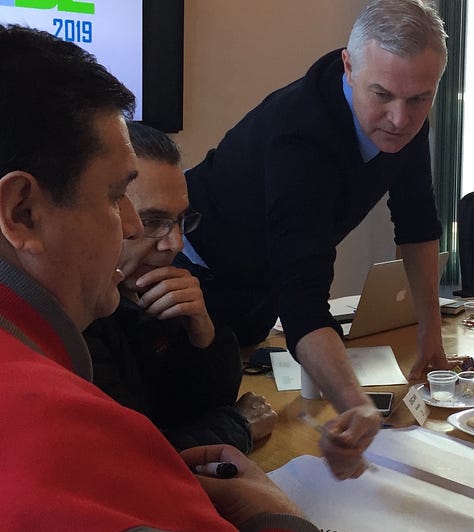
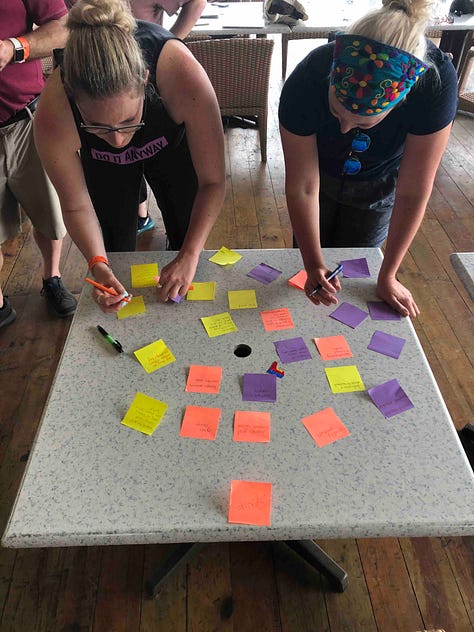
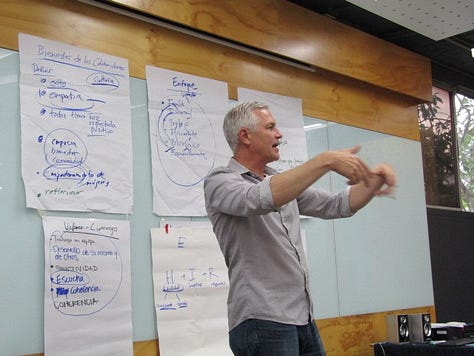
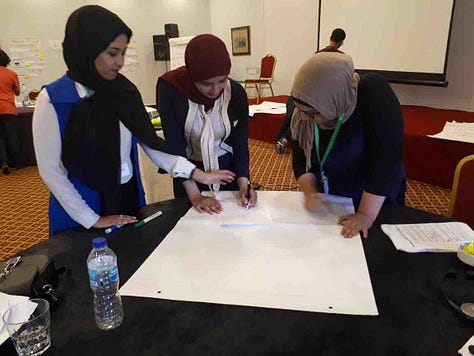
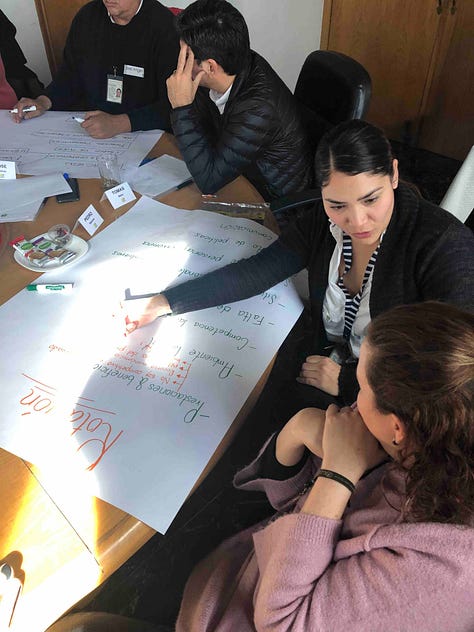


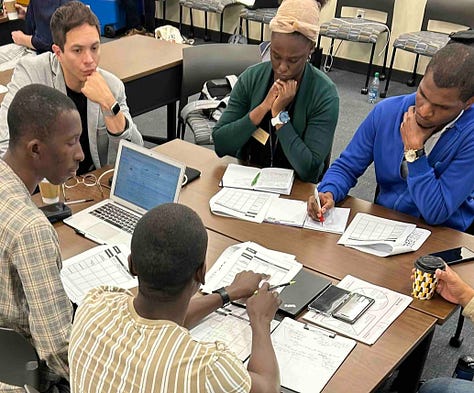

NOTE: Remember to substitute words depending on your audience. For example, your “system” may be a community, organization, team, market, etc. For another example, you might use the words beneficiary, customer, or client. The tools still work. Adapt them for your context.
T2.1 LEVEL SETTING CHECK-IN (p. 126)
When introducing a theme/ topic, start with this one. It gets everyone aligned, on the same page, helps manage expectations, and helps you prioritize where to focus conversations.
TONE SETTING TOOLS -
T1.3 OUR CORE VALUES (p. 114)
Always a great one to start with and set the tone. Setting up core values for the facilitation session is a positive way to get going. This is a quick and easy one.
T1.4 OUR COLLABORATIVE CULTURE (p. 116)
Because it’s so important to establish a strong foundation for collaboration. This is particularly true when building teams where there’s no previous relationship between team members, power dynamics could come into play, and/or you’re working across teams/ organizations.
LEVEL 1: ANALYTICAL TOOLS
T4.5 PROBLEMS VS DESIGN CONSTRAINTS ANALYSIS (p. 182)
This tool helps people distinguish between problems and design constraints so that they can prioritize solving actionable problems.
T4.6 PROBLEM PRIORITIZATION ANALYSIS (p. 184)
This tool helps participants prioritize problems through an analysis of frequency and severity.
T5.3 EMPOWERMENT MAP (p. 196)
Because this helps you get past the fuzziness of what empowerment means and break it down into understandable and analyzable components.
T6.10 VUCA MAP (p. 228)
People talk about VUCA but don’t analyze it and strategize accordingly. This tool helps participants do this.
T3.2 IMPACT + EFFORT WHITEBOARD (p. 150)
This tool helps participants prioritize solution ideas that strike a balance between projected positive impact and effort. It helps participants decide which solutions might be the best to start with.
T11.1 KEYS TO INNOVATION ADOPTION (p. 298)
Because most innovations (products/services) fail because they don’t “pass” one of these keys. This is a very simple tool for prioritizing the essential things in design. Super simple, yet super helpful.
LEVEL 2: ANALYTICAL TOOLS (A bit more complex)
T6.5 SYSTEM STATUS MAP (p. 218)
This helps participants talk about where they see stability, complication, complexity, and/or chaos. It really helps with strategy and measurement design. Here’s a great short explainer video about this that you might find helpful. I’ve included the tool below.
T6.7 SYSTEM COMPONENTS MAP (p. 222)
This is an understandable way to analyze a system/ org/ community/ etc. and figure out where it might be best to “step in.”
T11.4 MOTIVATORS + CAPABILITIES MAP (p. 304)
How will participants influence positive change? This tool helps people analyze personal, social, and structural motivators and capabilities.
I hope you found this helpful. Please do reach out to me at gregvankirk@gmail.com or on LinkedIn if I can be of help. And if you haven’t purchased IT’S WHAT YOU SET IN MOTION: A TOOLBOX FOR COLLABORATIVE CHANGEMAKING, go to collaborativechangemaking.com.
And please share this with anyone who you think might benefit. Much appreciated!





